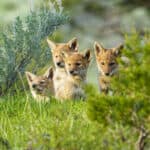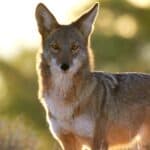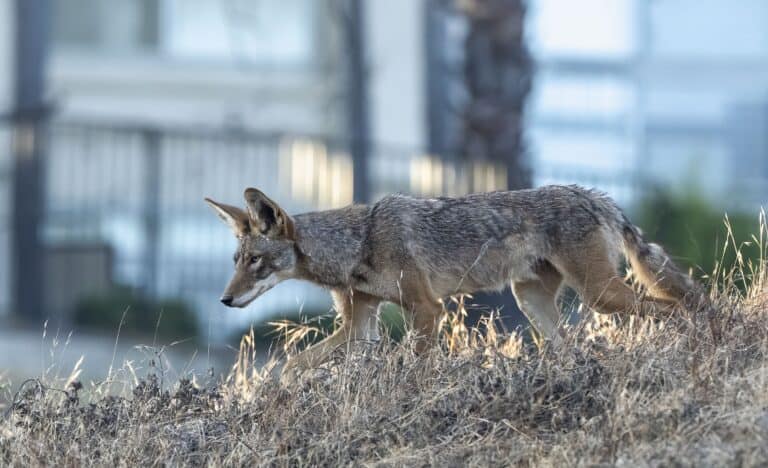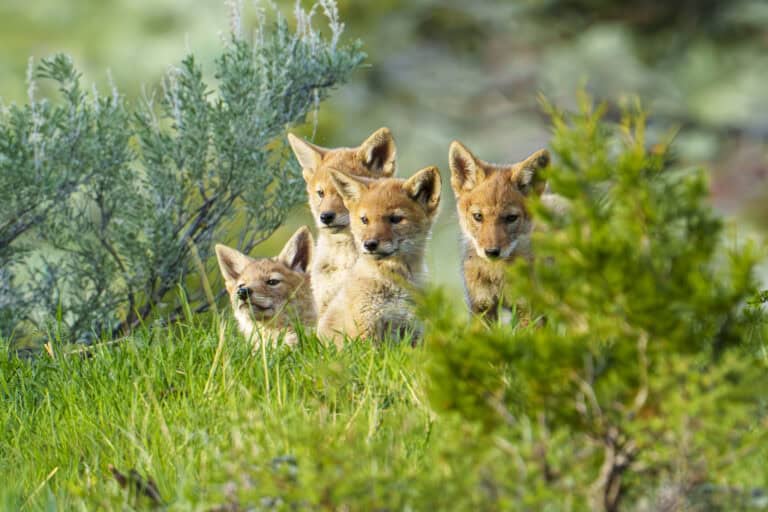The U.S. Endangered Species Act (ESA) has been a vital tool in safeguarding threatened and endangered species for 50 years. This critical piece of legislation is responsible for protecting over 1,300 species from extinction and has played a pivotal role in promoting the recovery of several iconic species, such as the bald eagle, the American bison, and the Florida panther.
However, despite its effectiveness, the ESA is currently facing numerous challenges. Many lawmakers and interest groups are seeking to weaken or eliminate this crucial piece of legislation, putting the fate of many imperiled species in jeopardy.
This year the ESA turns 50. It is a significant milestone, and so in honor of this fundamental act we have written this blog about the importance of the ESA and the challenges it currently faces. By understanding the vital role the ESA plays you can help us advocate for its continued protection. Together, we can ensure that future generations can experience the awe and wonder of the natural world.
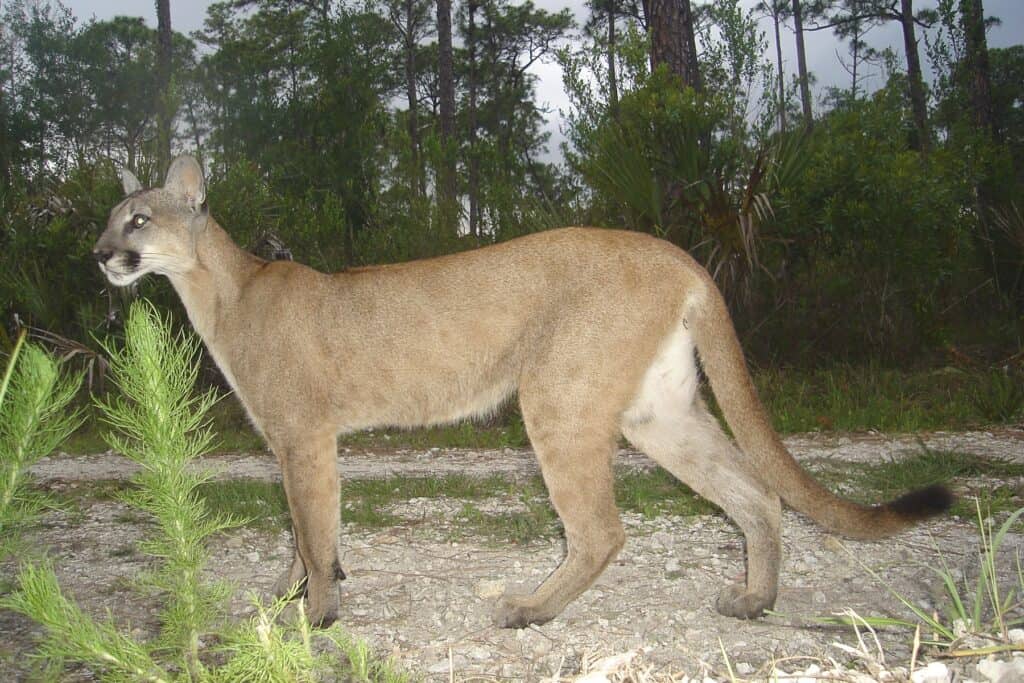
What is the Endangered Species Act?
The Endangered Species Act (ESA) is the legal framework by which the U.S. federal government protects plant and animal species at risk of extinction.
The ESA was first conceived during the ecological awakening in the 1960s. In 1964, amid increasing public concern, Congress included a provision in the Land and Water Conservation Fund Act allowing funds to be used to acquire lands and waters for the protection of fish and wildlife threatened by extinction. This was the first federal legal acknowledgment that habitat loss was a significant threat to our nation’s wildlife.
In the following decade, Congress amended and enacted additional legislation to protect plants and animals across the country. By defining extinction as a national issue, they were able to pass and implement federal legislation that created the U.S. Fish and Wildlife Service, funding for species protection, and the creation of a national list of threatened and endangered species.

The passenger pigeon was one of the species that spurred early legislation to protect species at risk of extinction.
The ESA as we know it today was first passed in 1973. It contained four central sections that created the systems and procedures we still use today.
- Section 4- established procedures for listing species as threatened or endangered, designating critical habitat, and drafting recovery plans
- Section 7- requires federal agencies and actors to consult with the Fish and Wildlife Service to ensure their activities are not harming threatened or endangered species or their habitat
- Section 9- prohibits any person from killing, harming, or selling individuals or any body parts of individuals from a listed species
- Section 10- provides exemptions, permits, and exceptions to the prohibitions in Section 9
The ESA has been amended numerous times since its original passing in 1973. One of these amendments, in 1982, specified that the Secretary of the Interior was to determine if a species qualified for listing “solely on the basis of the best scientific and commercial data available”; economics were not to be considered. However, the door was left open when it came to the designation of critical habitat, a gap that has allowed for the structural weakening of the ESA’s primary motivation of protecting at-risk species through habitat preservation.
The primary purpose of the ESA is to “provide a means whereby the ecosystems upon which endangered species and threatened species depend may be conserved, [and] to provide a program for the conservation of such endangered species and threatened species.” When a species is listed through the ESA, the Fish and Wildlife Service must then work to prevent the extinction of the species through the designation of critical habitat (with exceptions mentioned above), provide civil and criminal penalties for harming or killing a species or its critical habitat, and engage in a recovery planning process for the species.
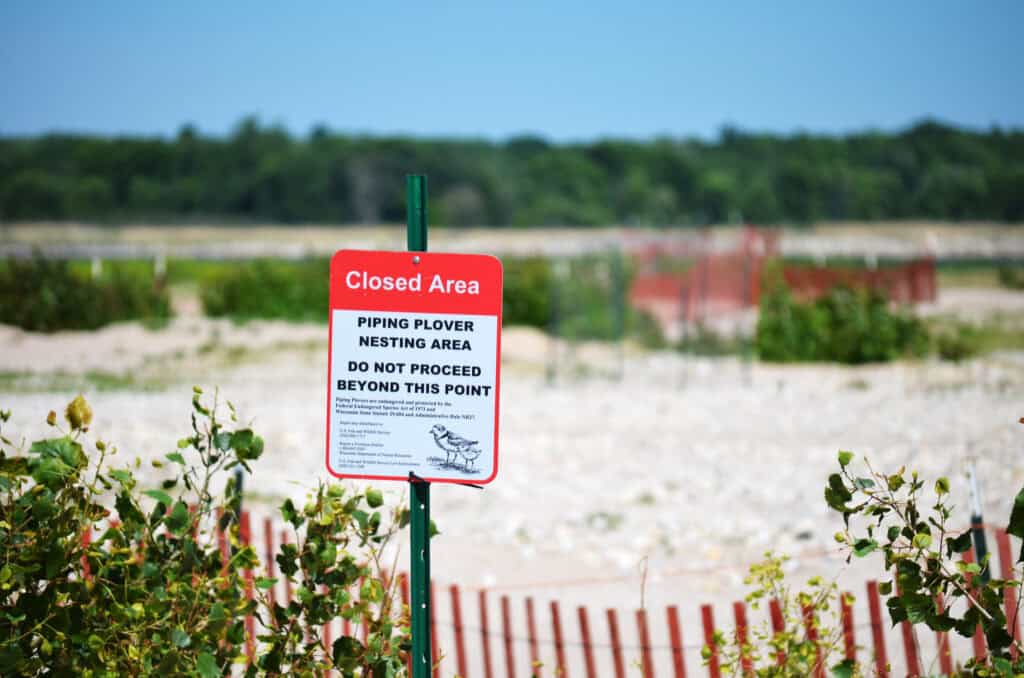
Listing and protecting a species is a long and complex process. Species wait an average of twelve years for consideration, with some having gone extinct while waiting for listing. When a species does get listed it then takes additional years to designate critical habitat and draft a recovery plan. Additionally, the Fish and Wildlife Service may use a loophole that allows them to forgo designating critical habitat or drag out the recovery planning process.
The ESA is an imperfect but critical piece of legislation. It is the primary legal mechanism for the protection of at-risk species and is a critical legal tool for non-governmental organizations to use in legal advocacy. From organizations petitioning for the listing of an imperiled species to the public speaking up during comment periods, the involvement of diverse sectors of society has resulted in many ESA successes over the last 50 years. If we are to continue building a future for humans and wild nature we must continue to strengthen and protect the ESA.
Successes, Misses, and Works in Progress
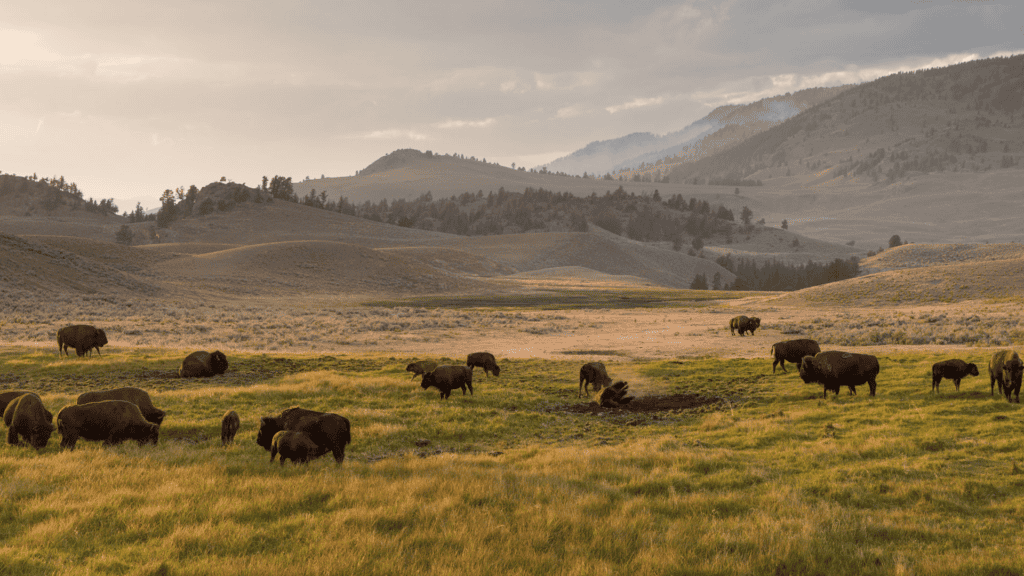
The American bison (Bison bison) is a keystone species that once roamed across the grasslands of North America in numbers estimated to have been up to 60 million. However, by the late 1800s, bison populations had been decimated due to overhunting – primarily to eliminate a primary food source of indigenous peoples. Bison were nearly extinct, with only a few hundred individuals remaining in small, isolated herds, by the early 20th century when bison conservation efforts were initiated.
However, it was not until the passage of the Endangered Species Act in 1973 that the bison was granted legal protection, allowing more organized conservation efforts to be undertaken. Today, there are approximately 20,000 wild bison in the United States, with most living in state or national parks within their historic range. The American bison is still considered to be a species of conservation concern, and ongoing efforts are needed to ensure that this iconic species continues to thrive in the wild.
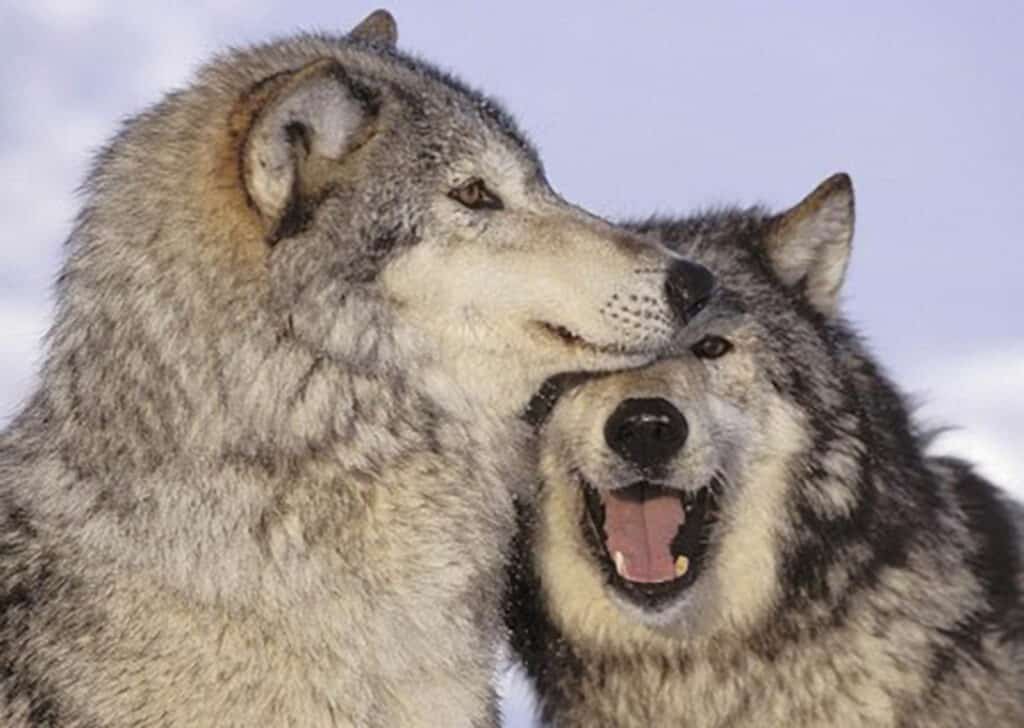
Gray wolves (Canis lupus) historically ranged throughout most of North America including all the Lower 48, with the exception of the South-east, where the red wolf roamed. However, European colonizers regarded them as ‘pests’ that reduced wild ungulate numbers and preyed on domesticated animals (the same arguments against wolves we hear today), and by the 1930s gray wolves had been eradicated from almost all the Lower 48, except for small, remaining pockets in Minnesota and Michigan. Recovery of gray wolves was only possible after their listing under the Endangered Species Act was enacted in 1974.
But gray wolves are far from ‘recovered’. After close to 50 years of recovery efforts, estimates point to approximately 7,500 gray wolves inhabiting only around 10-15% of their historical range (far from a ‘significant portion’, as the ESA defines endangered species). The biggest cause of mortality for wolves is still, and by far, human-caused mortality. As wolves have lost ESA protections in some states, they are once again exposed to recreational hunting with the explicit objective of lowering their numbers, in addition to increased illegal killing and lethal government interventions. Due to the persistence and increase of these threats, as well as lower protections, gray wolf populations are dropping in various states and gray wolves are unable to expand their populations.
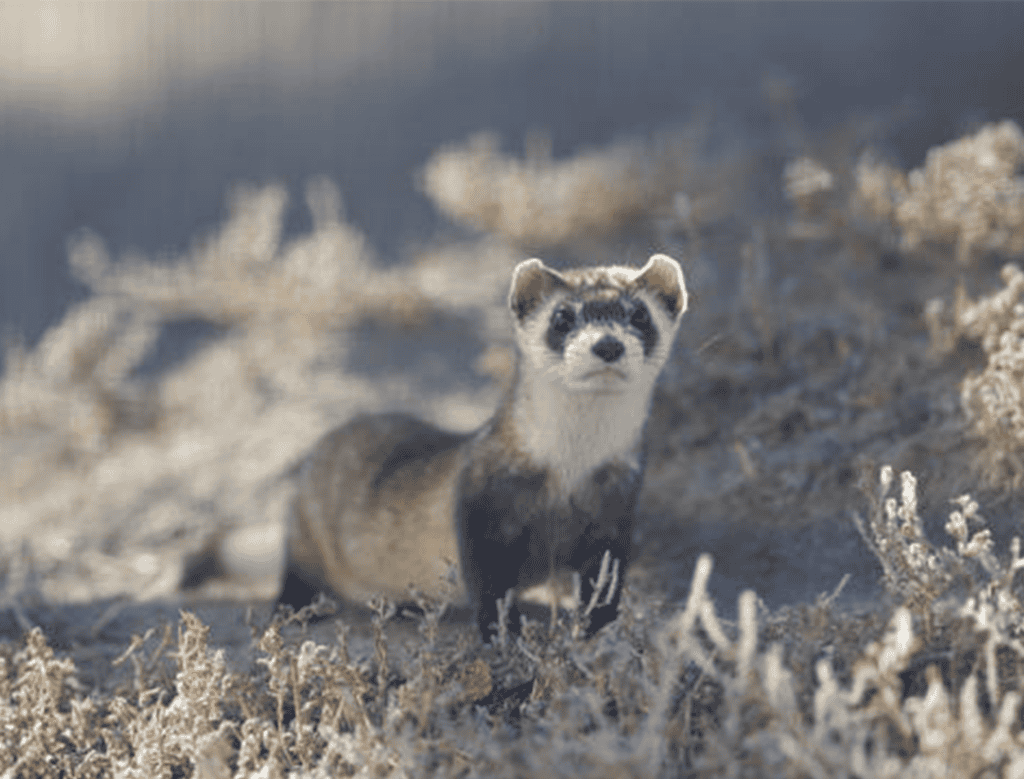
The black-footed ferret (Mustela nigripes), a small, nocturnal carnivore, once populated prairies across the Great Plains of North America. This species experienced a rapid population decline in the 20th century due to habitat loss and the widespread poisoning of its primary prey, the prairie dog. With 95% of the prairie dog range destroyed by the 1950s, the black-footed ferret was twice thought to be extinct.
After identifying what was likely the last remaining population of black-footed ferrets in the 1980s, biologists initiated captive breeding programs with the goal of releasing captive-bred ferrets into the wild once suitable habitat was restored. This work was supported by the Endangered Species Act (ESA), which granted legal protection for black-footed ferrets and initiated the establishment of recovery plans to guide conservation efforts. Significant challenges remain, including disease outbreaks among prairie dog populations and the fragmentation of prairie dog populations across western states. However, through collaborative efforts, 30 black-footed ferret reintroduction sites have been established, with an estimated total wild population of 300 individuals. Ongoing conservation efforts include monitoring and management of ferret populations, habitat restoration, and continued captive breeding (and even cloning) to ensure genetic diversity and population viability. The ESA continues to support these efforts and provides essential legal protections and funding for this program.
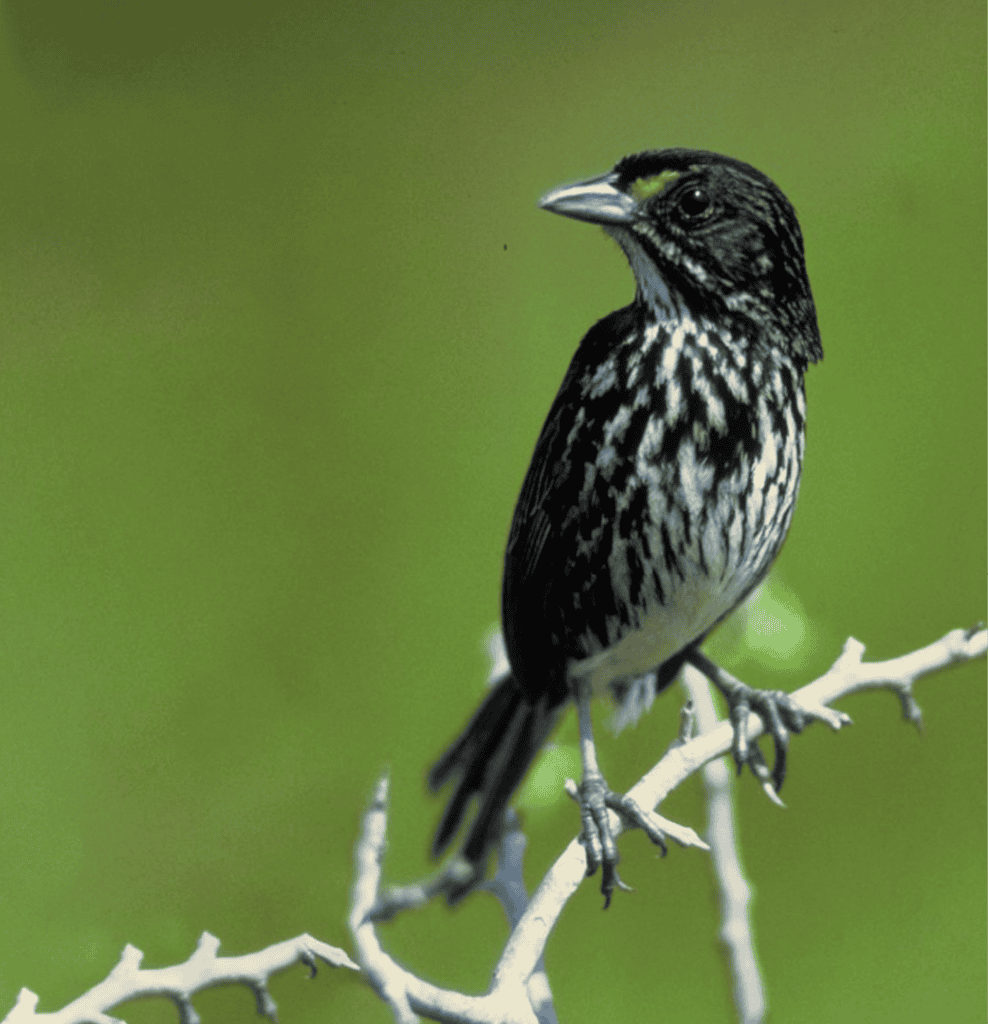
The dusky seaside sparrow (Ammodramus maritimus nigrescens) was once a distinctive and non-migratory songbird inhabitant of the marshes Merritt Island along the central coast of Florida. However, the dusky seaside sparrow faced a rapid decline in population due to habitat loss and degradation caused by human activities. Significant population loss can be tied to two main events: (1) the flooding of Merritt Island to attempt to reduce mosquito populations around the Kennedy Space Center, destroying sparrow’s nesting grounds and triggering a collapse of the population; (2) the marshes surrounding the St. Johns River were drained to facilitate highway construction which caused further population collapse.
By the 1960s, the dusky seaside sparrow was confined to a small area in Merritt Island, Florida. Efforts to protect its habitat and prevent extinction were initiated, but unfortunately, these measures were not enough to save the subspecies. In 1967, the U.S. Fish and Wildlife Service listed the dusky seaside sparrow as an endangered species under the Endangered Species Preservation Act, recognizing the urgent need for its conservation.
Despite ongoing conservation efforts, the dusky seaside sparrow population continued to dwindle. In 1979, five of the remaining male dusky seaside sparrows were captured and brought to the Discover Island nature reserve in the Walt Disney World Resort where they lived out their remaining days, and by the early 1980s, only a single male named “Orange Band” remained. Tragically, the last dusky seaside sparrow died on June 17, 1987, marking the extinction of the subspecies. This loss serves as a stark reminder of the devastating consequences of habitat destruction and the importance of proactive conservation actions to protect endangered species from the brink of extinction.

The bald eagle (Haliaeetus leucocephalus) is the symbol of the United States. But just 50 years ago this iconic species was on the brink of extinction. A pesticide, Dichlorodiphenyltrichloroethane also known as DDT, was causing the shells of bird eggs to become fragile. During the incubation period, the eggs would crack, killing the unborn hatchling.
DDT was used widely throughout the United States. Trucks would drive through neighborhoods, often while children were outside, and spray the chemical. In a very short period of time, DDT worked its way into the ground and water supply, where it accumulated in the bodies of organisms and worked its way up the food chain. DDT does not break down or leave the body of those animals that consume it, and so the more fish the bald eagles ate, the more DDT their bodies accumulated.
Bald eagles were one of the first species protected under the original ESA. Once it was recognized that DDT was the main cause of their decline, and the population decline of many other bird species, it was banned from use. Over time bald eagle populations have recovered, through both natural and human-assisted means.
The bald eagle (Haliaeetus leucocephalus) is the symbol of the United States. But just 50 years ago this iconic species was on the brink of extinction. A pesticide, Dichlorodiphenyltrichloroethane also known as DDT, was causing the shells of bird eggs to become fragile. During the incubation period, the eggs would crack, killing the unborn hatchling.
DDT was used widely throughout the United States. Trucks would drive through neighborhoods, often while children were outside, and spray the chemical. In a very short period of time, DDT worked its way into the ground and water supply, where it accumulated in the bodies of organisms and worked its way up the food chain. DDT does not break down or leave the body of those animals that consume it, and so the more fish the bald eagles ate, the more DDT their bodies accumulated.
Bald eagles were one of the first species protected under the original ESA. Once it was recognized that DDT was the main cause of their decline, and the population decline of many other bird species, it was banned from use. Over time bald eagle populations have recovered, through both natural and human-assisted means.
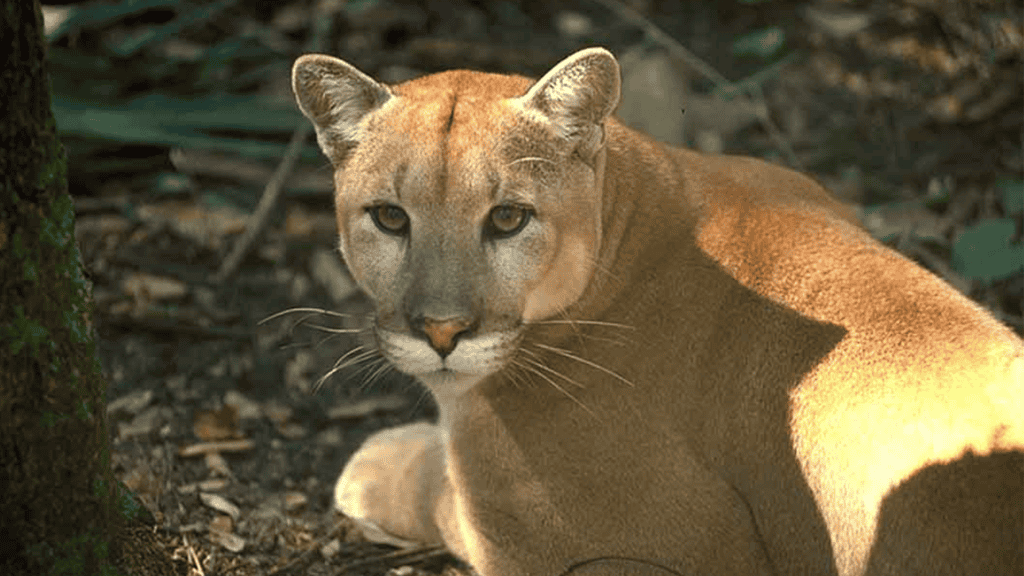
Once widely distributed throughout the southeastern United States, the Florida panther (Puma concolor coryi) population has faced a dramatic decline over the past century due to habitat loss, human hunting, and vehicle collisions. By the 1970s, the Florida panther was on the brink of extinction, with only a handful of individuals remaining in the wild. In 1973, the Florida panther was listed as an endangered species under the Endangered Species Act, providing legal protection and support for conservation efforts. The primary focus of the recovery program has been habitat conservation, and connectivity ensuring safe passage to suitable habitats for panthers to roam.
In the 1990s, scientists conducted a successful genetic restoration program by introducing eight female Texas cougars into the Florida panther population. This genetic infusion revitalized the previously limited gene pool and helped increase the panther population size. Today, the Florida panther population has seen modest growth, although it still faces numerous challenges, such as habitat fragmentation, limited genetic diversity, and human-wildlife conflicts.
Ongoing conservation efforts are essential for the rewilding of Florida panthers. Collaborative initiatives involve habitat preservation, wildlife corridor establishment so panthers are able to safely access suitable habitat that exists outside their current range, and public education to decrease instances of human-wildlife conflict.
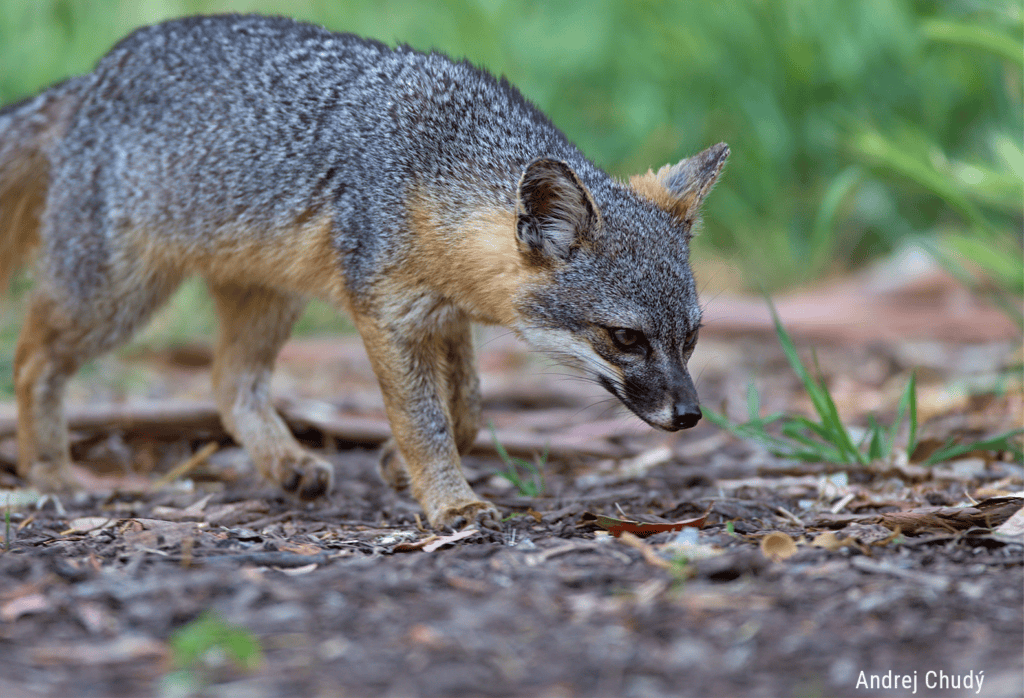
The Channel Island fox (Urocyon littoralis) is the small, island cousin of the mainland gray fox (Urocyon cinereoargenteus), with a distinct subspecies on six of the eight Channel Islands off the coast of Southern California. These islands are home to unique ecosystems and have been heavily impacted by human activity, leading to the decline of many endemic species, including the Channel Island fox. By the 1990s, the total Channel Island Fox population across the six islands had decreased by 95%, with some subspecies reduced to just a handful of individuals.
In 2004, the Channel Island Fox was listed as an endangered species under the ESA, initiating a collaborative recovery program with nonprofits as well as federal and state agencies working together to restore habitat and establish captive breeding programs. These efforts included planting native vegetation and removing non-native plants and animals. Largely, this involved removing feral pigs and relocating golden eagles, who replaced Bald Eagles on the island after DDT wiped out their populations and subsequently began preying on channel island foxes who had not adapted to aerial predation. Captive breeding programs to increase population numbers, paired with habitat restoration, were so successful that within a decade, the species was removed from the ESA and designated as one of the most successful and quickest recovery programs in United States history. The recovery of the Channel Island fox is a testament to the effectiveness of conservation efforts when guided by scientific research and supported by legal protections such as the Endangered Species Act.
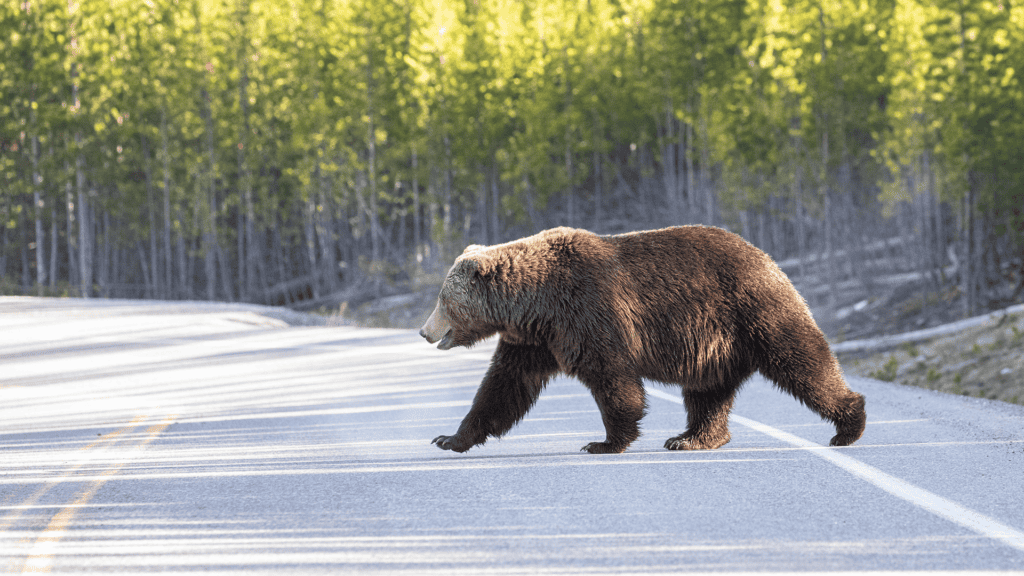
A subspecies of the brown bear, grizzly bears (Ursus arctos horriblis) previously ranged through much of North America in a variety of habitats, from the Arctic to the Sierra Madre in Mexico including much of the Great Plains and southwestern US, and as far east as the Hudson Bay. But with European expansion, grizzly bears faced the same campaigns of extermination that decimated other predators throughout the Lower 48 through government policies of extermination, commercial trapping, and unregulated hunting. Their extermination was aided by the settling of mountainous areas and the expansion of logging and mining industries. Given all these factors, grizzly bears were exterminated from 98% of their historic range, and their populations plummeted from approximately 50,000 bears in the early 1800s to less than a thousand bears by 1975.
Grizzly bears were listed under the ESA in 1975, which allowed for protection from ‘take’ and protection to their remaining critical habitats. Today, grizzlies are relegated to mountainous areas with very low human populations. There are less than two thousand grizzlies left in the Lower 48, most of them in Northwestern MT and the Greater Yellowstone Ecosystem, with other small, isolated populations in Northern/Eastern Idaho and the North Cascades in Washington. Despite protections, grizzlies need even more protections today given threats of human-caused mortality, including ongoing efforts to remove ESA protections so they can be hunted recreationally and managed lethally; habitat loss and fragmentation; inadequate connectivity between populations; and climate change, which threatens their primary food sources and snow cover required for hibernation.
The Predator Pendulum
The Endangered Species Act (ESA) is a piece of U.S. legislation, and as such it can be amended, repealed, and changed with the ruling politics of the time. Although the original ESA was written and passed with sweeping bipartisan support, in the last 50 years it has come increasingly under fire.
The status of predator species, in particular, tends to be heavily politicized. Gray wolves and grizzly bears are frequently under consideration for delisting and relisting. This swing from one protection status to the other is referred to as the Predator Pendulum.
The Predator Pendulum creates uncertainty around the protection status of these species. In some states they have protections and in others, they can be hunted. States, wildlife biologists, and advocates are constantly trying to determine what the status is so they can do their work, and uncertainty makes it harder to make progress toward full recovery.
This Predator Pendulum is rarely rooted in science. The best available science, which is the only thing the Department of the Interior is supposed to consider when making listing decisions, clearly indicates that predators are important to ecosystems. Additionally, most Americans want predators protected.
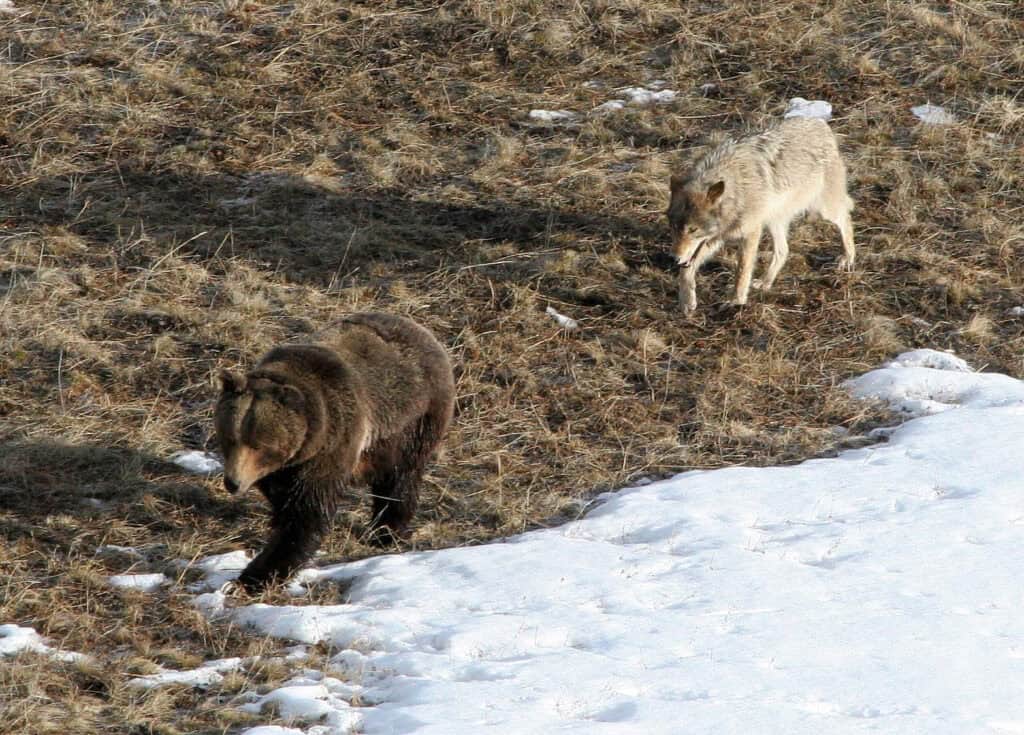
Despite the fact that wolves and grizzly bears still need strict protections, sometimes narrow special interests get in the way of good decision-making. Wolves have often been used as a political bargaining chip, which is why the Northern Rocky Mountains population is still off the endangered species list. New bills have recently been introduced to the U.S. House of Representatives that would delist wolves in the lower 48 (H.R. 764) and delist the grizzly bear in the Greater Yellowstone and Continental Divide ecosystems (H.R. 1245 and 1419).
We cannot lose ESA protections for these species. Predator populations grow slowly, and states with unlisted predator populations are increasingly allowing the recreational hunting of these animals, devastating their populations and reversing decades of work toward recovery. Wolves, bears, and all other predators are essential for the health and vitality of ecosystems and other wildlife populations. If we continue to let the Predator Pendulum swing, wolf and grizzly populations will never recover.
The Next 50 Years
Protecting the Endangered Species Act
The ESA, although not flawless, is a crucial element of legislation. It serves as the primary legal framework for safeguarding endangered species and provides non-governmental organizations with a vital legal instrument for advocacy. The participation of a variety of societal sectors, ranging from organizations that request the inclusion of imperiled species to the public’s comments, has yielded numerous achievements under the ESA in the past 50 years. In order to maintain our progress in creating a future for both humans and the natural world, it is essential that we persevere in fortifying and preserving the ESA.
Contacting your state and congressional level representatives and telling them to protect the ESA is a great way to start. Recently, a number of bills were introduced that would remove protections for gray wolves, grizzly bears, the lesser prairie chicken, and northern long-eared bats. They would also weaken the ESA by nullifying previous listing decisions and prohibiting the Fish and Wildlife Service from making listing decisions without approval from Congress.
The ESA defines extinction as a national-level threat and makes protecting species and their habitat a priority. Listing decisions are meant to be made using the best available science, not economics or politics. And yet this is what is happening. Our nation’s wildlife should not be political bargaining chips. Protecting the diverse, beautiful, and vital species that share our planet should not be a question, it should be a guarantee, and that is why we need to protect the ESA.
Wildlife Reform
For the Endangered Species Act to effectively function and protect species and individual animals, the government agencies tasked with “managing” our wildlife must be reformed. Systemic issues entrenched in these agencies perpetuate a bias to privilege consumptive wildlife users over other interests and these agencies are rooted in outdated systems, mismanagement, misrepresentation, and injustice.
The need for reform is clear by simply examining the terminology used to describe policy regarding the treatment of wildlife. The term wildlife ‘management” implies human domination and perpetuates the belief that wildlife is a “natural resource” for human use or enjoyment rather than recognizing the intrinsic value and claims of individual animals and their family bonds. This framework also perpetuates the false notion that wildlife needs to be controlled. Though science has shown for decades that most carnivores self-regulate their populations based on the number of available prey and that killing carnivores can increase conflicts due to disruption of social groups, pervasive predator persecution is still perpetuated today by wildlife agencies.
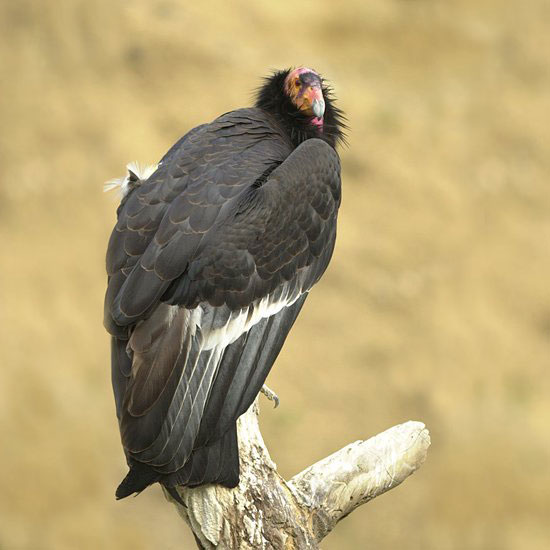
This management framework sends an inaccurate message, loud and clear, that predators are to be feared, hated, and killed. Wildlife agencies, especially the U.S. Department of Agriculture’s (USDA) Wildlife Services agency, uses poisons, leghold traps, snares, aerial gunning, and even cyanide bombs to “manage” carnivore populations. Not only does this negatively impact the balance of our natural ecosystems, but these practices can maim and kill non-target animals regardless of their protection status under the ESA. Former Wildlife Services employees have shared the inexcusable “shoot, shovel, and shut up” motto that leads employees to simply bury their unintended casualties, especially animals protected by the ESA such as bald eagles and domestic animals such as dogs. The carnivore casualties, intended and unintended, that actually are reported are staggering.
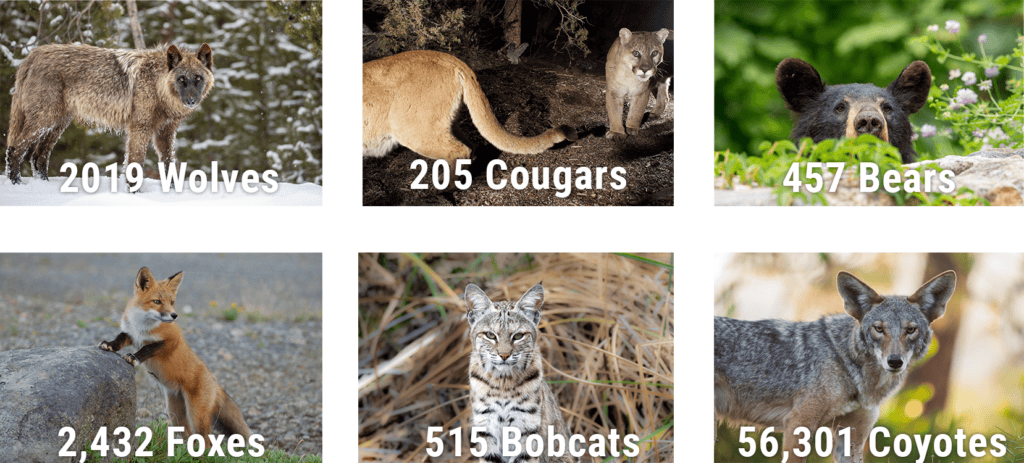
In the fiscal year 2022, Wildlife Services killed 2019 wolves, 205 mountain lions, 457 bears, 515 bobcats, 2,432 foxes, and 56,301 coyotes (including burrows and dens destroyed – resulting in untold numbers of parents and pups killed)
This misuse of federal tax dollars satisfies only a minority of citizens, namely consumptive wildlife users (hunters, anglers, trappers) and those in the animal agriculture field, over the broader public who enjoy and value non-consumptive wildlife recreation (photography/videography, birding, hiking). Beyond Wildlife Services, state level wildlife commissioners are politically appointed and commissions are overwhelmingly stacked with consumptive users and agricultural representatives. The lack of diversity, both in experience and culture, leads wildlife agencies to mismanage wildlife at the state level – ignoring the impacts this has on regional biodiversity (large carnivores, and many other species, cross state borders and increase genetic diversity across many states) and the impact this has on culture. For example, Wisconsin’s state wildlife agency knowingly violated Ojibwe treaty rights during their 2021 wolf hunt.
To ensure that species like the gray wolf, who are only protected by the ESA in certain states, are not subjected to mismanagement that causes unnecessary harm to individuals and families and prevents natural recolonization and exchanges of genetic diversity, we must reform wildlife agencies at the state and federal level. Project Coyote has focused on reforming Wildlife Services since our inception 15 years ago and work to help local governments replace their contracts with Wildlife Services with coexistence – mostly recently in Plumas and Sierra counties (CA). We also recently joined forces with a national coalition, Wildlife for All, to reform wildlife management in the U.S. to be more democratic, just, ecologically focused, and compassionate.

What You Can Do
- Tell your Congressional representatives you support the Endangered Species Act. Find your national representatives here and give them a call or send an email telling them to protect the Endangered Species Act. They can do so by opposing these bills:
-
-
-
- The Trust the Science Act, H.R. 764, would remove Endangered Species Act protection for gray wolves in the lower 48 states.
- The Grizzly Bear State Management Act, H.R. 1245, would remove Endangered Species Act protection for grizzly bears in the Greater Yellowstone Ecosystem population.
- The Comprehensive Grizzly Bear Management Act, H.R. 1419, would remove Endangered Species Act protection for grizzly bears in the Northern Continental Divide Ecosystem population.
- House Joint Resolution 29 would nullify a U.S. Fish and Wildlife Service decision last year to protect the lesser prairie-chicken under the Endangered Species Act.
- House Joint Resolution 46 would nullify last year’s joint decision by the U.S. Fish and Wildlife Service and the U.S. National Marine Fisheries Service to expand the habitat that the Endangered Species Act can protect for the benefit of species facing extinction.
- House Joint Resolution 49 would nullify last year’s tentative decision by U.S. Fish and Wildlife Service to protect the northern long-eared bat under the Endangered Species Act.
-
-
- Support the Extinction Prevention Act introduced by Representative Grijalva and Senator Blumenthal, which would authorize $5 million annually to fund conservation projects for at-risk species.
- Let the Biden Administration know you support a veto of any of these bills should they pass out of Congress. The Administration has made comments that they would consider a veto, but your support is vital if we want this to happen. There likely will not be enough votes to override a presidential veto.
- Tell Secretary Haaland to relist Northern Rockies wolves and keep grizzly bears listed.
- Start building relationships with your state reps and wildlife agencies to ensure they’ll be ready to support and protect species if they lose ESA protections.
- Write a Letter to the Editor (LTE) and submit it to your local newspaper. Use the information in the post when crafting your argument and check out these tips on writing LTE’s.
- Share this information with your network and community. Many people do not know about the Endangered Species Act and its vital role. Raising awareness is important as we fight for its protection.


